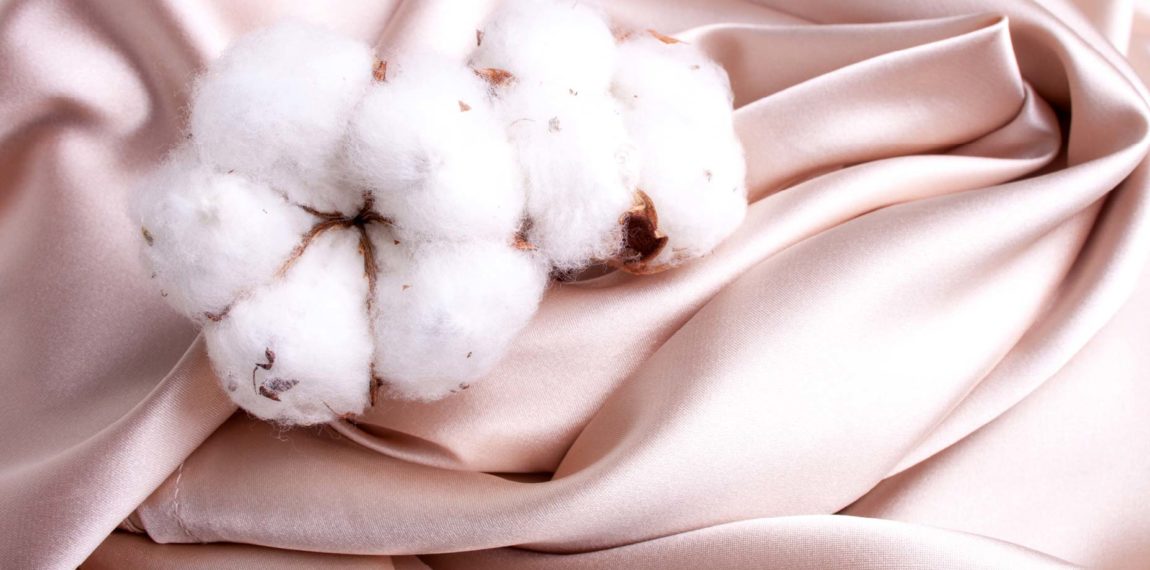DuPont? SORONA? and Fashiontex
2022-01-20
22 spring and summer big brand fabric analysis, focusing on the major first-line luxury brand women’s dress categories under chemical fiber fabrics. According to the popular analysis data of the fabric market and the consumer data in the POP backend, the conclusion is drawn that the different effects of different composition ratios of chemical fiber fabrics for dresses show different effects. Starting from the composition of polyester fiber, viscose fiber, nylon, acetate fiber, cupro fiber, nylon and blended fabrics, the effect of chemical fiber fabrics with different composition ratios is also different, and the specific analysis of the composition, feel, and color of the fabric is different. Differences in luxury brand fabrics.
The preparation of chemical fibers is usually first to make natural or synthetic macromolecular substances or inorganic substances into spinning melts or solutions, which are then filtered, metered, and extruded from spinnerets (plates) into liquid thin streams. solidified into fibers. The fibers at this time are called primary fibers, which have poor mechanical properties and must go through a series of post-processing procedures to meet the requirements of textile processing and use.
Post-processing is mainly aimed at stretching and heat-setting the fibers to improve the mechanical properties and dimensional stability of the fibers. Stretching is to orient the macromolecules or structural units in the nascent fiber along the fiber axis; heat setting is mainly to relax the internal stress in the fiber. The post-processing of wet-spun fibers also includes processes such as washing, oiling, and drying. When spinning filament, it can be wound into a tube after the above process; when spinning short fiber, processes such as crimping, cutting and packaging must be added.